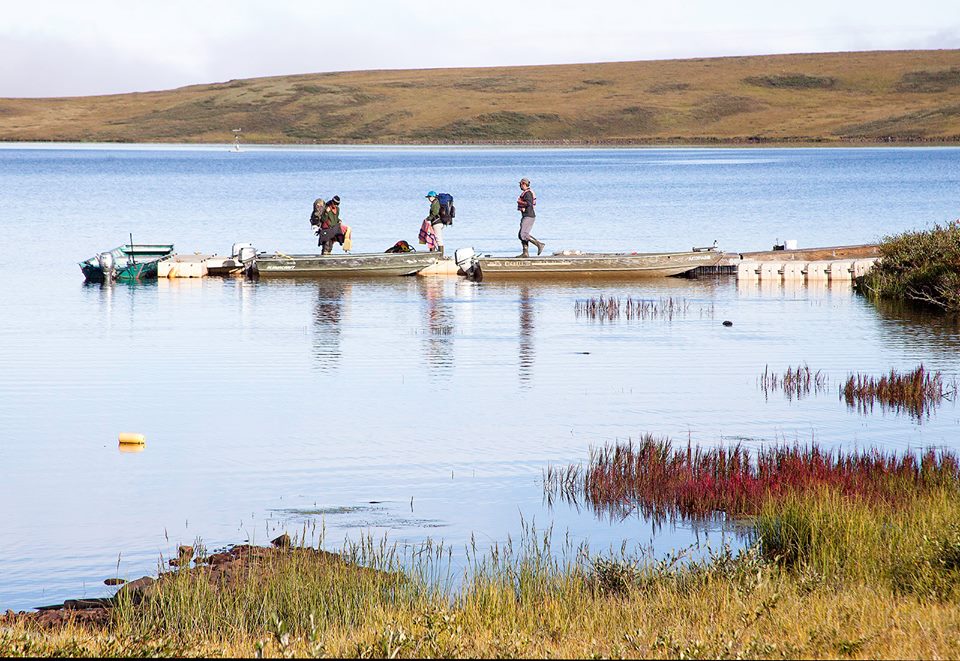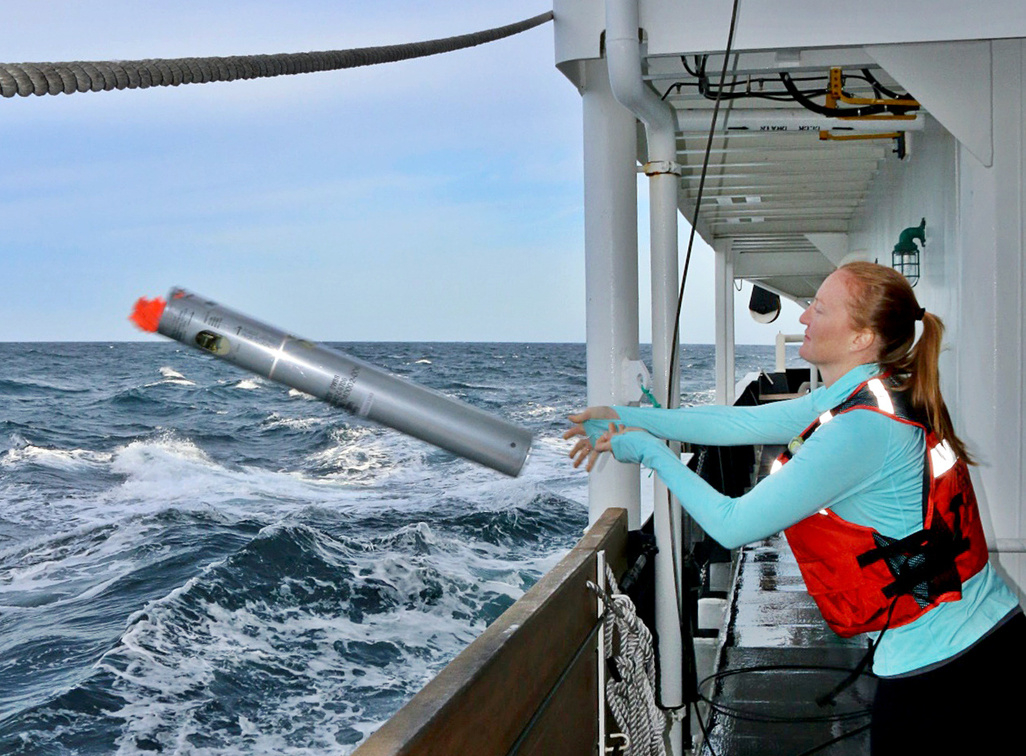How you can help shape the next cycle of federal Arctic research funding
Right now the U.S. Interagency Arctic Research Policy Committee is seeking input for the plan that will guide the next five-year federal Arctic research cycle.

The U.S. Interagency Arctic Research Policy Committee recently released a draft Arctic Research Plan for public comment. This plan identifies priorities for the next five years (2022-2026), and sets the stage for collaboration among international, state, local, Tribal, public and private partners to advance our understanding of the Arctic and to address the impacts of climate change. Now is the time to provide feedback to IARPC and join its forums to exchange ideas and coordinate research efforts. You can learn about the plan and how to comment through June 11 at tinyurl.com/arcticplandownload.
The IARPC story is one of evolution since its inception in 1984 through the Arctic Research and Policy Act. When it was first created, a so-called IARPC version 1.0 focused on Arctic research activities of individual agencies. Ten years ago, IARPC version 2.0 refocused on issues of interest across agencies and developed an interactive web platform called IARPC Collaborations. This novel arrangement created a space where federal representatives and non-federal partners could work together to implement the Arctic Research Plan. The platform now brings together over 2,700 individuals to communicate, align resources, and address some of the most pressing challenges in the Arctic.
Among the successes from the 2017-2021 plan were greater understanding food security and ocean health. IARPC provided a research platform for sharing information, observations, activities, and research findings on food security topics: seabird die-offs, cultural importance of shorebirds, caribou use of habitat near energy development, ringed seal movements, and sea star wasting disease across the Pacific Ocean. IARPC also facilitated coordination of research cruises in the Bering and Chukchi Seas to study harmful algal blooms. This work led to seed funding for an essential baseline understanding of these events in the Arctic. It also highlighted the need for information on testing natural resources and subsistence foods for algal toxins and potential impacts on human health through wild food consumption.

With this new draft plan, IARPC is moving toward IARPC version 3.0. The plan aims to be more responsive to Arctic communities by listening and including their ideas when identifying strategic priorities. It also shifts to a new two-year implementation and feedback cycle, which has the potential to provide relevant and timely information about federal agency work that can be used by decision makers at local, regional, and national scales. Warming in the Arctic region is happening at twice the rate of the rest of the globe, so relevant, timely, and flexible research is essential. The new plan is an exciting opportunity for IARPC to meaningfully serve the Arctic community and to foster more reciprocal relationships with Alaskans, Tribes and Indigenous entities, and other non-federal partners.
To be clear, this plan will not allocate new funding. Rather, IARPC’s Arctic Research Plans seek to align goals with shared interests across agencies. The 2022-2026 plan identifies new priorities in response to federal agency and public input, with more focus on use-inspired research. IARPC will continue to support its Collaborations community and grow to meet new challenges. The IARPC Collaborations community is making progress to equitably engage largely Indigenous Alaskan Arctic communities. For the first time, the Arctic Research Plan recognizes Tribal sovereignty and self-determination. In addition, the draft plan includes new foundational and long-term activities on co-production of knowledge and Indigenous-led research. This is a step forward for federal agencies to bring Indigenous knowledge and science together and to create spaces that welcome all perspectives. This is essential to fully understand the rapidly changing environment and how we, as a society, need to respond to climate change.
With this new draft Arctic Research Plan 2022-2026, the federal government moves to IARPC 3.0 and signals it is ready to meet the needs of Arctic communities. This plan grounds targeted, actionable research in basic science and addresses state, local, and Tribal priorities. Alaskans and residents across the entire Arctic, your input is key to help identify common priorities, shape implementation of the plan, and inform how U.S. federal agencies build lasting relationships with those in the Arctic. This comment period provides an opportunity to increase the value of these federal investments to Arctic communities.
Nikoosh Carlo is Koyukon Athabascan, the CEO of CNC North Consulting, and currently serves as the IARPC plan development director for the Arctic Research Plan 2022-2026. Follow her on Twitter @CNCnorth.
The views expressed here are the writer’s and are not necessarily endorsed by ArcticToday, which welcomes a broad range of viewpoints. To submit a piece for consideration, email commentary (at) arctictoday.com.